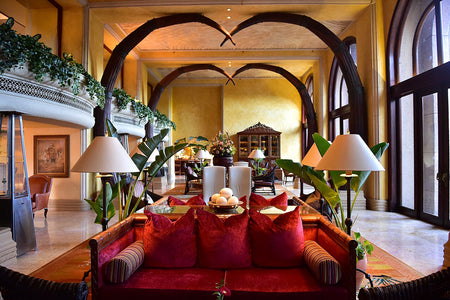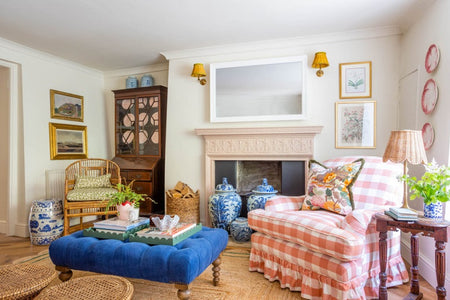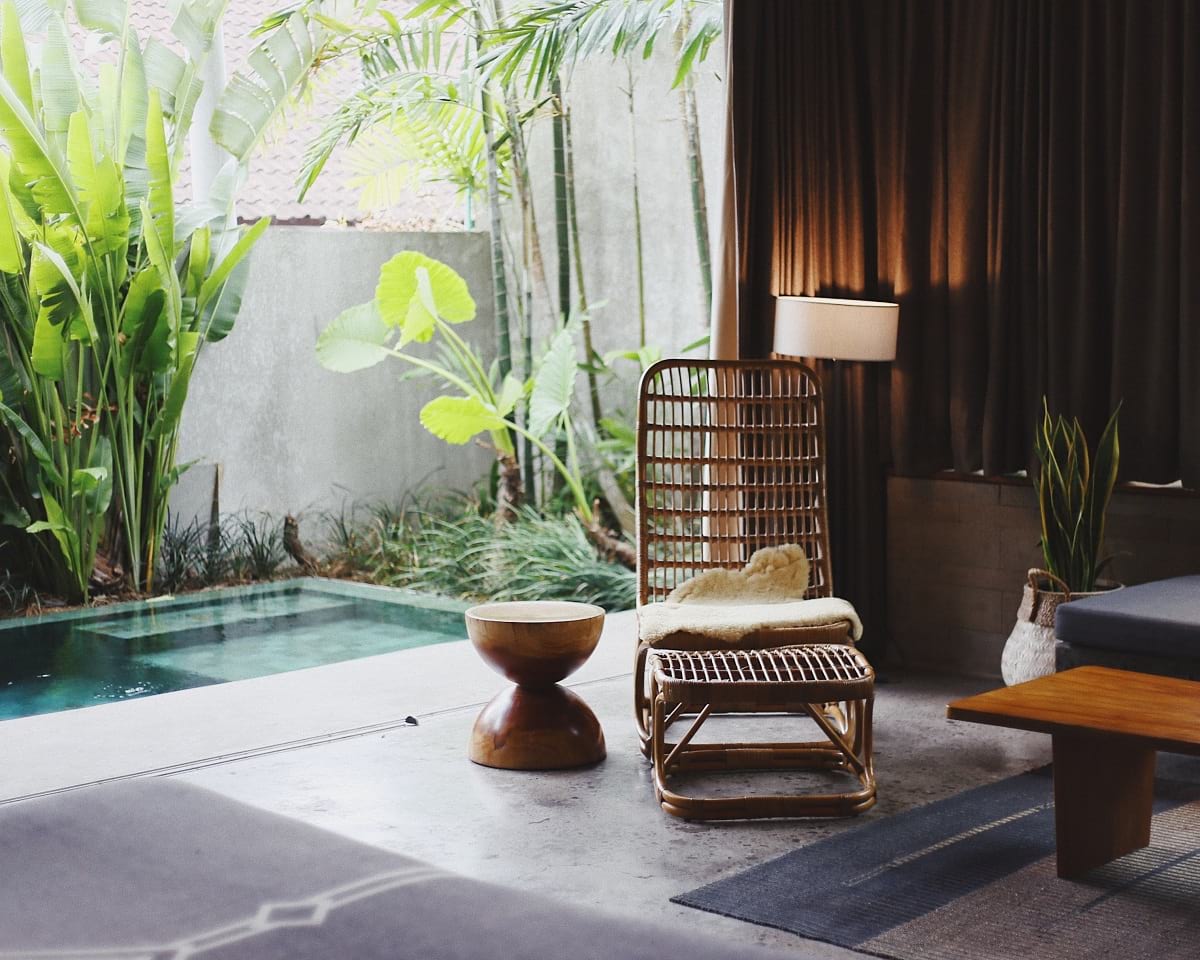
Ever attempted to make your home an oasis of zen calm? Here's how to do it - and light it...
More in our series 'Classic interior design styles and how to light them': 1. Mid-Century Modern 2. English Country House style 3. Industrial style 4. Eclectic style 5. Coastal style 6. Scandinavian style 7. Art Deco 8. French chic 9. Shabby chic You may - or may not - have explored the road to enlightenment in one form or another but, if you’re aiming for a home that is clean, light, and uncluttered, the Zen (sometimes referred to as Asian Zen) approach to interior design might be just right for you. Yes, it’s minimalist but there’s much more to Zen design than simply chucking out anything you don’t actually need. In the latest in our series we’ll guide you through the basic principles to help you decide if a Zen-inspired home is the way to go; we’ll share some examples that illustrate how Zen design can work in every room, and give you some tips on lighting your Zen home.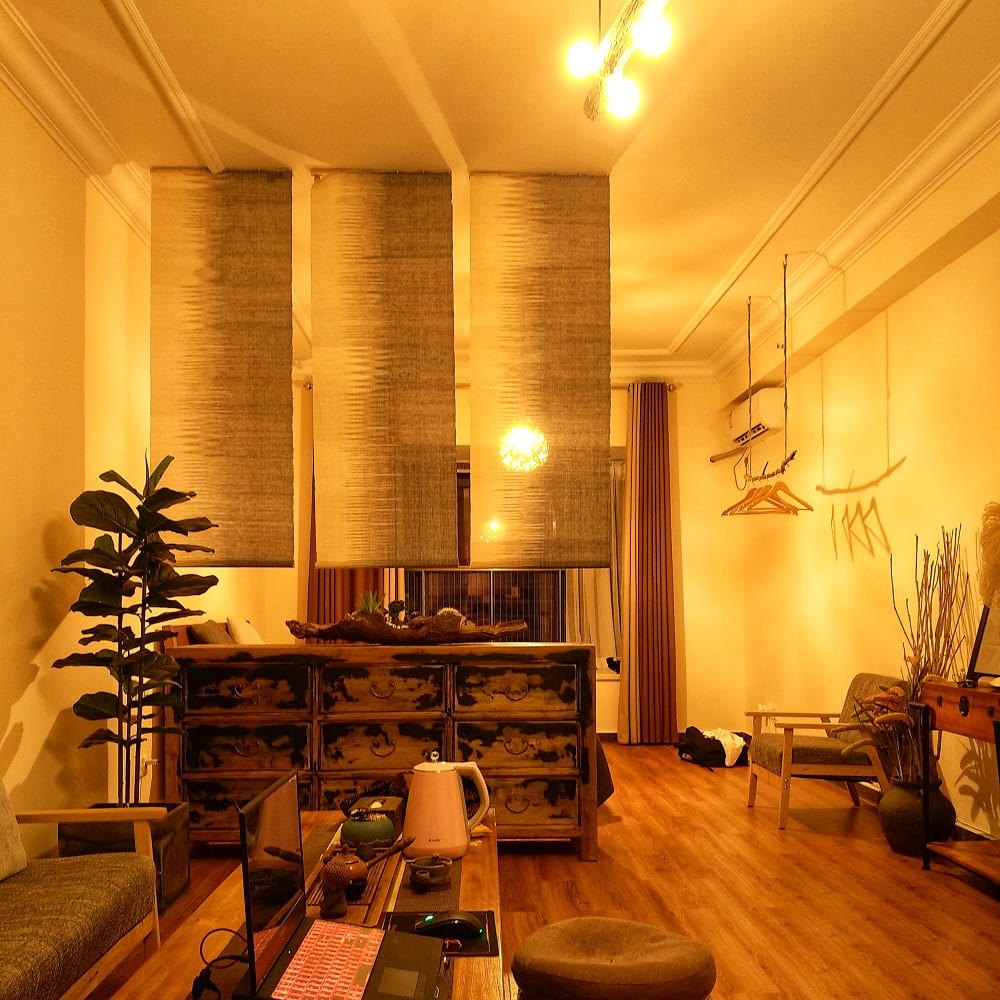
What are the main features of Zen interior design?
Meditation is at the heart of Zen Buddhist practice, aimed and calming, clearing and opening the mind; it’s the foundation of going about one’s daily life in a mindful way, as far as possible. And Zen design takes its lead from that, creating interior spaces where you can simply breathe - and let go. So, in a Zen home you would expect to see:- concealed or unobtrusive storage
- minimal distractions - expect to see plain rather than decorated walls, upholstery and furnishings
- natural light - as much as possible
- natural flooring and materials, such as wood and stone, cotton, linen and wool
- neutral, soft colours, especially white
- open spaces, clear and free of clutter
- simple furniture with geometric lines - with the emphasis on quality
- houseplants in simple ceramic or concrete pots.
Getting ready to bring the Zen look to your home
Unless you’re starting from scratch, creating a completely Zen home may seem rather daunting, so we suggest taking it step by step. You do need a pretty clean slate, however, so there’s no way around it, the clutter has to go - either out of the door, responsibly recycled, of course, or tucked away in clever storage. If you have more stuff than you know what to do with, begin with one area at a time, one room at a time. If you work from home, try starting with your workspace or desk.

A Zen welcome
There’s no mistaking the Zen entrance; it sets the tone and the mood for the rest of your home, so discarded trainers, bags and domestic detritus are definitely out. (It’s very Zen to remove one’s shoes on entering a home, but not very Zen to leave them kicking about.). For decoration, perhaps a simple wooden table and wooden flooring, a row of orchids in glass vases, a mirror that makes the most of natural light against a soft grey backdrop. Simple things that quietly complement each other.Zen sitting and eating
In sitting rooms and dining rooms try to keep lines as clean and geometric as possible. For furniture and furnishings, think circles, rectangles and squares, natural materials, and, as far as possible, avoid patterned textiles. Unlike many classic interior design styles, Zen walls are kept clear, rather than hung with artwork or photographic prints. You see what we mean about minimal distraction? No chance of a gallery wall in the Zen home...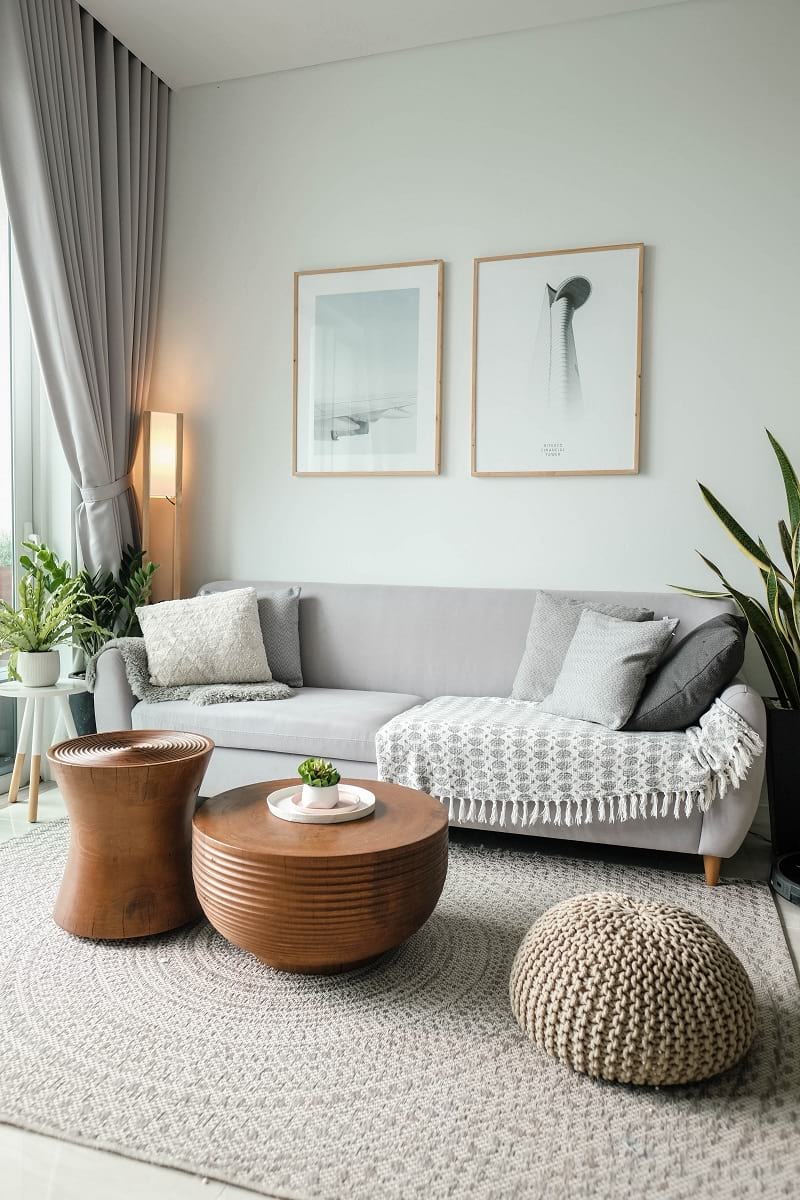

Zen sleeping
Although we can’t promise that a Zen-inspired bedroom will cure your insomnia, creating a calm, uncluttered space in which to sleep can help, (as will a good mattress and quality bedding). One thing that all the sleep experts agree upon is that the fewer distractions you have in your bedroom, the easier it is to sleep soundly. This profoundly Zen bedroom is a great example of how to keep things clean and serene even in a tight space - note the generous but discreet storage, which ensures that there is a (concealed) place for everything.Zen cooking
Without a doubt, the kitchen is the area where concealed storage is a key factor in creating a Zen space. In that sense, Zen kitchens have a great deal in common with their Scandinavian counterparts. The Nordic nations really do have clever storage down to a fine art. White laminate units work well and can be a cost-effective approach if you’re keeping a close watch on the budget. They also work well in small kitchens and help to keep the whole area bright and easy to clean. Wooden surfaces work well too.
Kitchen by Alex Gardner of Interior Designed
Zen bathing
If you’ve visited Japan, you probably discovered that bathing is a Very Big Thing. There are few things that Japanese people like more, after a hard day at the office, than a long, hot soak in a very calm tub. There are absolutely no distractions in the ideal Asian Zen bathroom, which has floor to ceiling windows offering maximum natural daylight - or starlight - for utterly relaxing bathtimes.
Lighting your Zen home
This is where we mention colour because, yes, you can definitely add a spot of colour to a Zen room; it just has to be the right spot and the right colour. So, when it comes to choosing lighting, what could work better in your Zen home than Pooky’s fabulous Shibori lampshades? Shibori is an ancient dyeing method used in Japan and other parts of the Far East (you can read about it here) and our shades are crafted in that tradition. They’re made of soft white linen, dipped in single, strong colours, and come in a variety of sizes. Blue Shibori empire shade
Blue Shibori empire shade
Because Zen design places so much emphasis on natural light, interior lighting needs to be simple and, just like storage, unobtrusive. Pooky’s Galore floor lamps, available in white and brass or black and brass, would work brilliantly in a Zen sitting room
 Galore in black
Galore in black
As we mentioned, Zen design has more than a thing or two in common with its Scandinavian twin and our Hattermorn pendant light would work equally well in either setting. It’s woody, earthy and, with its conical shape, satisfyingly geometric. When the sun has set in the west and daylight has disappeared, it would shed light on your Zen dining room or kitchen in as natural a way as you could wish.
 Hattermorn in oak
Hattermorn in oak
Let Pooky light up your Zen design home – browse our full range of affordable designer lighting here.








